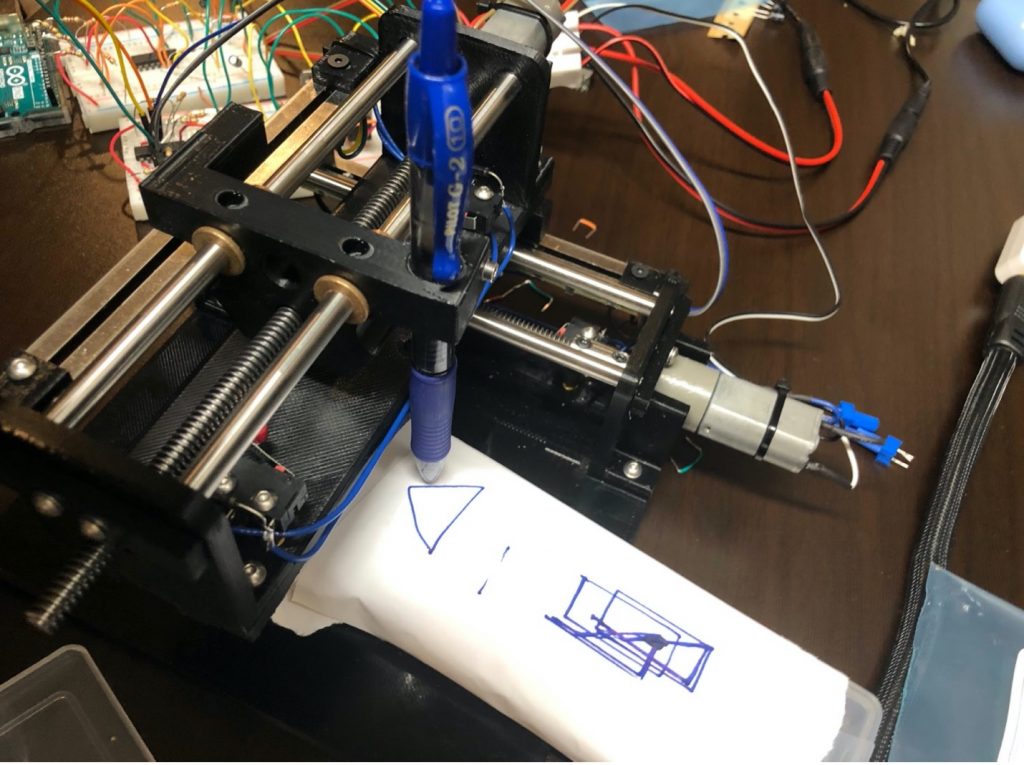
As students switched to a virtual learning format for the Fall 2020 semester, Zoom calls and group chats took the place of many of the day-to-day realities of in-person learning. But for educators accustomed to teaching students in hands-on settings, such as those used in electrical engineering, replicating crucial lab components was much more difficult. Given the limitations created by the pandemic, faculty members were tasked with finding a way to improvise in order to empower their students to succeed from home.
For ESE 215: Electrical Circuits and Systems, this meant both shipping components all around the country and coordinating times to safely hand them off to students located in the Philadelphia metropolitan area. The course, taught by Firooz Aflatouni, associate professor in the Department of Electrical and Systems Engineering, is an introduction to designing and building circuits and features a weekly lab session.
AJ Geers, a Ph.D student in Aflatouni’s lab and the teaching assistant for ESE 215, was integral in the distribution of 3D-printed parts for an analog plotter model, originally developed by Aflatouni.
Analog plotters, in which a set of motors manipulate a pen to make drawings, are used in ESE 215 to demonstrate how programmed coordinate systems can make use of circuitry to yield physical outputs. For the first five lab sessions, students work with resistors and capacitors which are eventually plugged into the plotters, and are programmed on an Arduino to create electrical currents based on the students’ desired coordinates. They were required to draw shapes like squares and cubes, making use of different techniques, such as Fibonacci sequences, to yield their output.
However, getting students fully functioning components was a challenge.
“We definitely had a few hiccups, especially when wires would come off of components and because we weren’t in the lab students didn’t have access to soldering irons,” Geers says. “Forty-three of our fifty students reached out to us directly to report some kind of issue or challenge related to components.”
In the cases where component parts were faulty, alligator clips and wire tape were used to smooth over any issues. A class Slack channel had also been active since the beginning of the semester, which allowed students to come together and brainstorm solutions to other common challenges.
Sophomore Zack Szekeres ran into trouble when the horizontal and vertical axes of his analog plotter generated different voltage, which meant he had to troubleshoot with Geers in order to calibrate them to operate with equal power.
“Since the plotters arrived almost fully functional, the only step I had to take was to screw in one thing with an Allen key, so fixing the voltage issue wasn’t too daunting,” says Szekeres.
Szekeres credits the Slack channel and the quick responses from TAs for allowing him to be successful in the final lab assignment. “The TAs were incredible and sent me new parts within a week, so I was able to get my plotter to draw a few different shapes successfully,” he says.
Geers took ESE 215 during his time as an undergraduate and has been able to observe the evolution of the course over the last few years. He credits the students’ flexibility and positive attitude coupled with support from fellow ESE staff members with making last semester’s course a success.
“I think it’s great how the labs are cumulative and that each assignment builds upon another,” he says. “We managed extensions on assignments for students and were lucky to work with our peers like Leslie Birch, Lab Resources Coordinator at the Detkin Lab, who helped us re-ship materials.”
Though Geers never imagined he’d need to teach virtually a course he took in-person at Penn Engineering, he was glad that technology ultimately saved the day.
“Communication was key in making this course a success,” he says.
